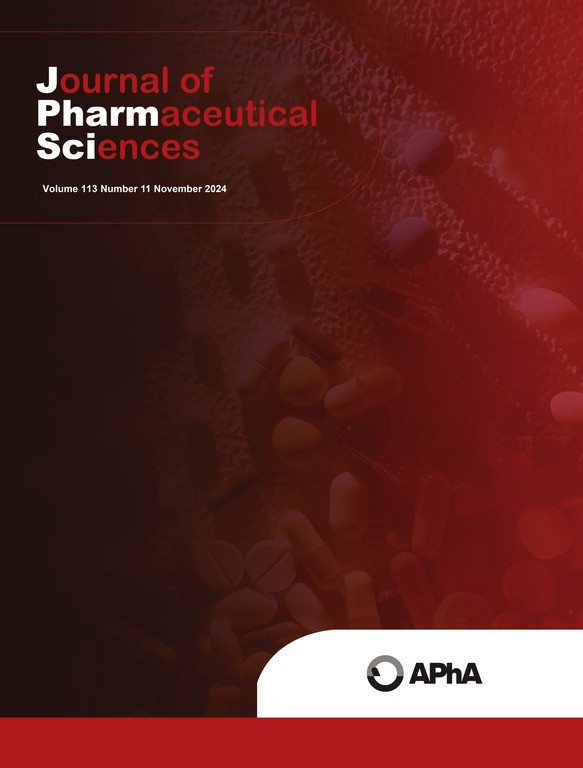对乙酰氨基酚与纳米纤维素的协同加工提高其耐药性。
IF 3.7
3区 医学
Q2 CHEMISTRY, MEDICINAL
引用次数: 0
摘要
研究了亚微米纤维素粉末纳米纤维素作为对乙酰氨基酚(APAP)的赋形剂。由于其高比表面积,纳米纤维素有望优于微晶纤维素(MCC),一种常用的片剂填充剂。结果表明,纳米纤维素作为常规填料的性能不如MCC。这是由于使用典型的干共混工艺难以解聚和分散纳米纤维素的聚集体。为了提高其有效性,将制备为悬浮液的纳米纤维素与APAP采用双螺杆工艺混合或“共加工”。显微镜图像显示,双螺杆工艺覆盖了纳米纤维素APAP。低浓度纳米纤维素(1.10% w/w)可显著提高APAP的稳定性。这种显著的改善使得对乙酰氨基酚可以被加工成片剂,而不需要任何额外的辅料。该研究表明,纳米纤维素可以作为一种高功能添加剂,在低浓度下提高食用性。本文章由计算机程序翻译,如有差异,请以英文原文为准。
Co-processing acetaminophen with nanocellulose to enhance tabletability
Nanocellulose, a sub-micron cellulose powder, was investigated as a potential filler excipient to enhance the tabletability of acetaminophen (APAP). Due to its high specific surface area, nanocellulose was expected to outperform the tabletability enhancement provided by microcrystalline cellulose (MCC), a common tablet filler used in pharmaceutical tablets. Results showed that nanocellulose is inferior to MCC when used as a conventional filler. This is due to the difficulty in deaggregating and dispersing aggregates of nanocellulose using a typical dry blending process. To improve its effectiveness, nanocellulose prepared as a suspension was blended or “co-processed” with APAP using a twin-screw process. Microscopy images show that the twin-screw process coats the APAP with nanocellulose. The tabletability of APAP was significantly improved by low concentrations of nanocellulose up to 1.10% w/w. Such remarkable improvement allowed acetaminophen to be processed into tablets without any additional excipients. This study shows that nanocellulose can be used as a highly functional additive to enhance tabletability at low concentrations.
求助全文
通过发布文献求助,成功后即可免费获取论文全文。
去求助
来源期刊
CiteScore
7.30
自引率
13.20%
发文量
367
审稿时长
33 days
期刊介绍:
The Journal of Pharmaceutical Sciences will publish original research papers, original research notes, invited topical reviews (including Minireviews), and editorial commentary and news. The area of focus shall be concepts in basic pharmaceutical science and such topics as chemical processing of pharmaceuticals, including crystallization, lyophilization, chemical stability of drugs, pharmacokinetics, biopharmaceutics, pharmacodynamics, pro-drug developments, metabolic disposition of bioactive agents, dosage form design, protein-peptide chemistry and biotechnology specifically as these relate to pharmaceutical technology, and targeted drug delivery.

 求助内容:
求助内容: 应助结果提醒方式:
应助结果提醒方式:


